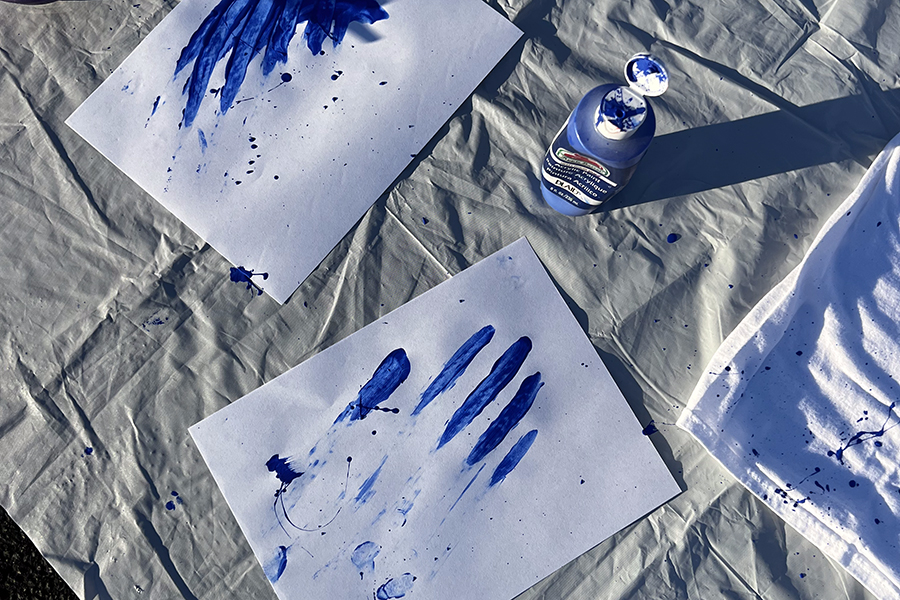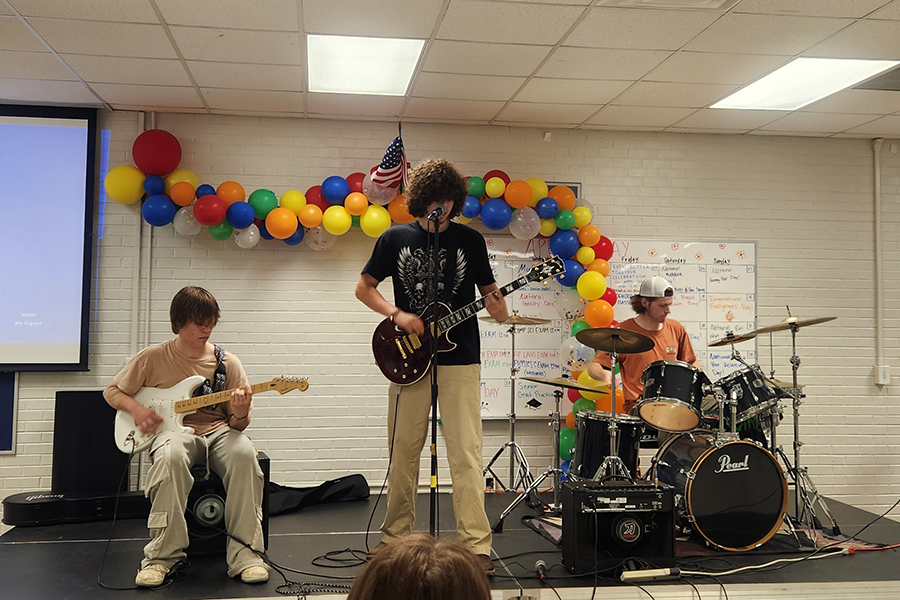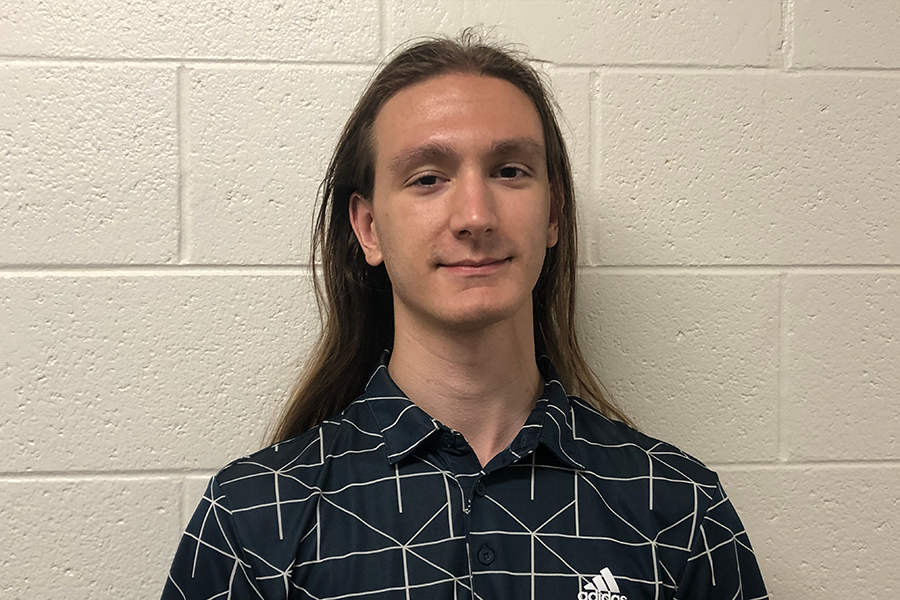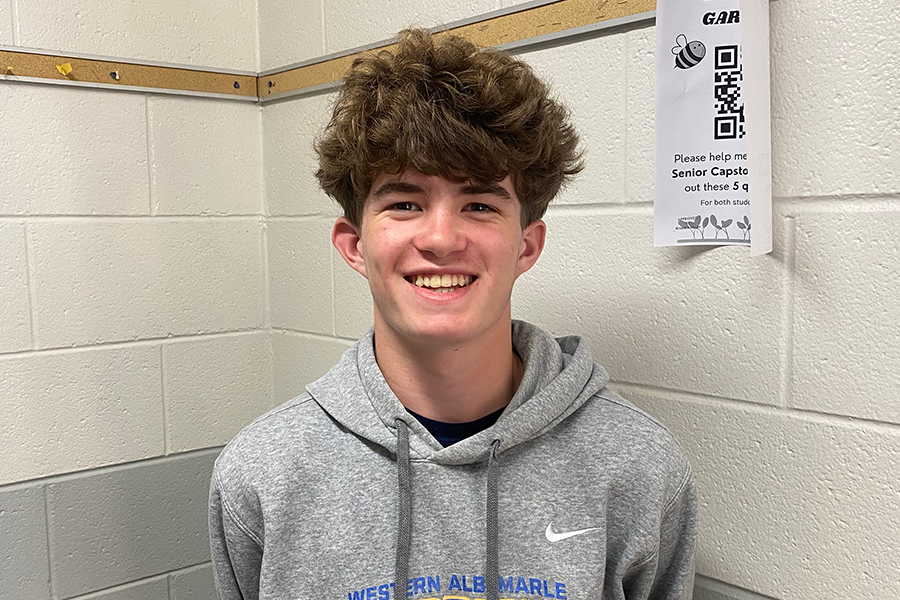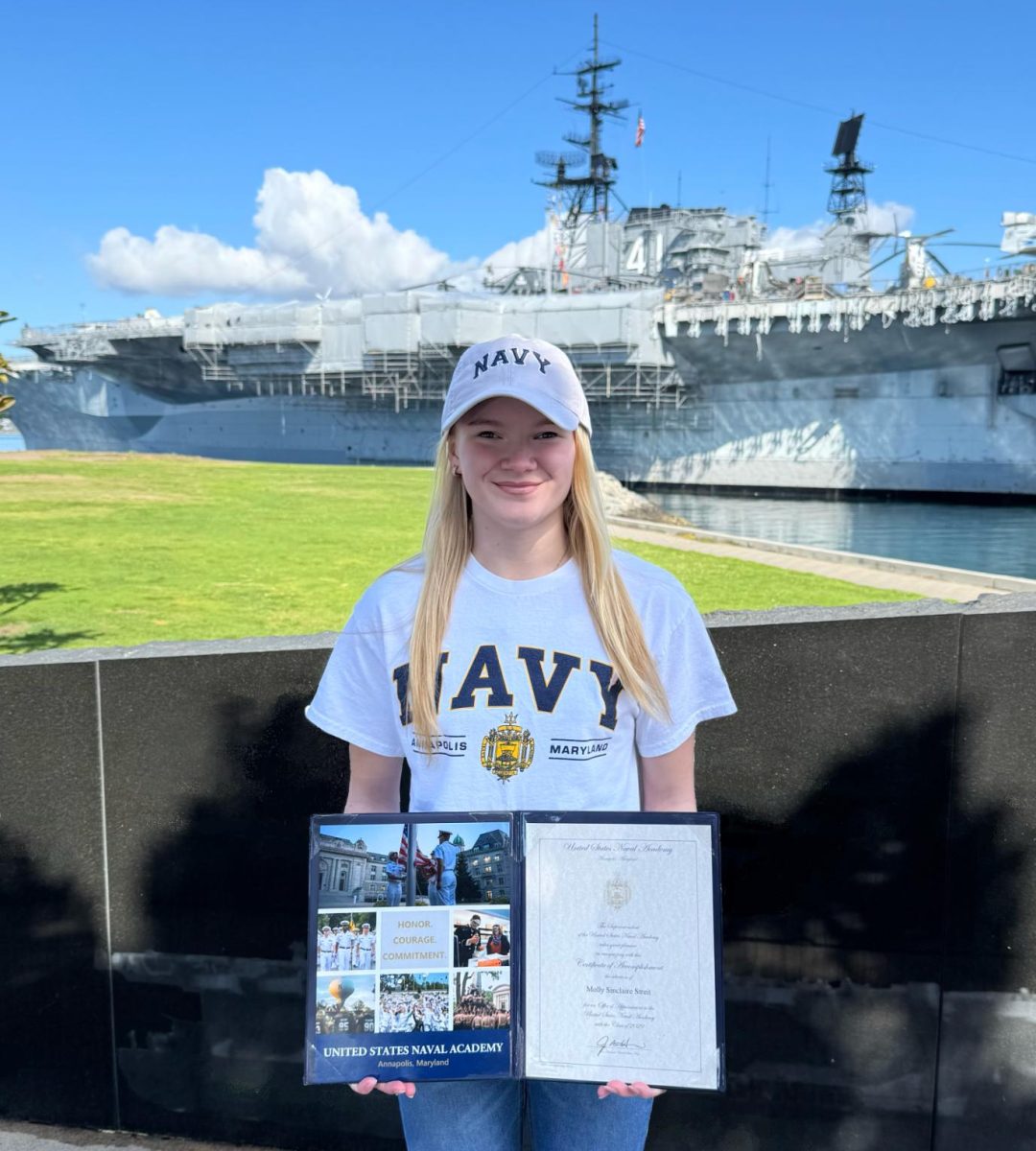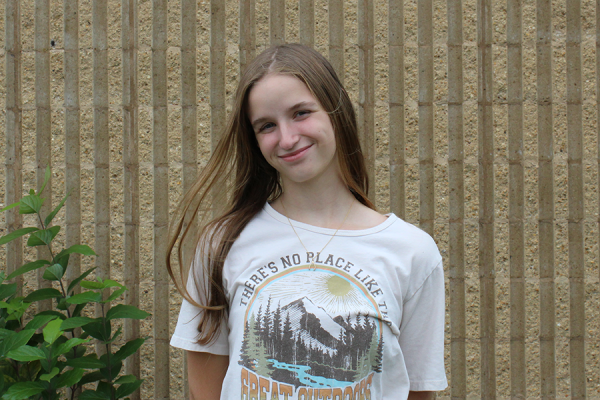Imagine the scene of a crime. A detective stands, huddled over a piece of evidence, analyzing it to determine the events that unfolded. That process of reasoning that the detective applies is forensic science. Forensic Science is the use of different scientific studies to find evidence of crimes and present it in court, and senior Ayda Jones is studying it here at WAHS in an independent study project.
Jones got into forensic science because she was always interested in criminology, and wanted to combine it with her love of science. “I realized science is the part that I enjoy the most, and I knew I wanted to do something related to crime,[…] and that kind of got me into the idea of forensics.”
Jones’s favorite part of the class is the freedom of getting to go at her own pace. She started the course based on a textbook about forensics and criminalistics and expanded her studies from there. “I’m mainly just working through the textbook, and at the beginning of each chapter, there is a case study of something that happens, and then that chapter will break down like a lot of the parts of the investigation,” says Jones. The course has her study a case and reconstruct the order of events to determine the outcome, which would then be used as evidence in court in real life. She likes how she can also branch off of the textbook if she wants and delve into specific topics that interest her more.“If there’s [a topic] that I feel is super important, I can let it linger a little longer and go into it on my own,” she says.
The course includes topics of forensic science like fingerprints, glass fragmentation and blood spatter types, and more. Jones says it is very independent, and she can create her own assignments and due dates. “ It’s just very… free base, you can make up whatever projects you want. “
At the moment, Jones is planning to create a lab that demonstrates different ways glass can break, and the fragments that each type of break makes. “I’m planning on going to my grandparents’ farm and set up in a pasture, […] and then I’ll have like glass and glass panes or bottles and just see different ways of how it fragments: whether it’s if you’re dropping it or if it gets hits with something like a bullet,” she says. She then plans to assess the broken glass panes based on their radial fragmentation, which is the fragments of glass that face outwards from where they were hit. “There’s different types of radial fragmentation, and you can tell which impacts hit first to figure out sequencing for crime scene events and such.”
The course does have some challenges, though. One of the aspects of the course that Jones struggles with most is time management, as the timeline of the course is all up to her. “I feel like I’m teaching myself time management more than the actual class,” she says.
Jones hopes to continue learning her studies of forensic science in the future and plans to attend William and Mary in the fall. “I’ll start with biological anthropology because they don’t have forensic anthropology in-state, and then either go to NC State or somewhere for forensic anthropology.” She hopes to further her education and get a Master’s degree or a PhD in the field.
Jones feels that the course will be impactful on her life and will help benefit her in many ways. “I feel like it’s really just setting me up for my future in this kind of career or this space,” she says. She hopes that if other students in the future want to take this course, she can be a mentor to help guide them through the class, since independent studies are required to have a mentor. “I think it’d be kind of cool to do that for somebody because I have two different mentors for my study.”
Jones hopes that for her capstone project at the end of the year, she can do a final exhibit of all of her case studies over the course of the year. “I’m probably going to do a couple little projects building up to just a big, potential demonstration of it, and I might have some sort of setup with fingerprints.”



